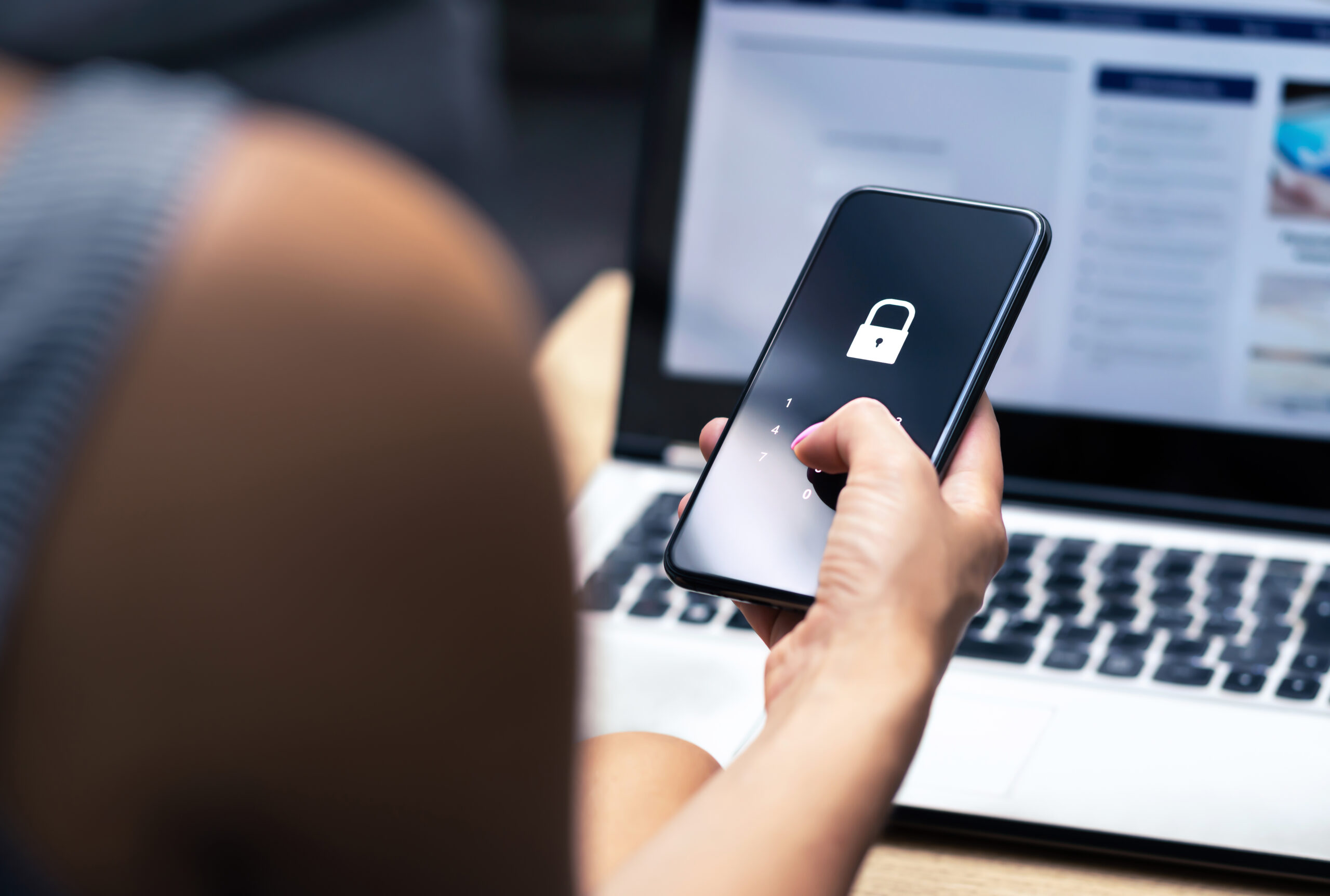For the vast majority of American adults, smartphones and other mobile devices have become an increasingly prominent part of everyday life — and seem to be with us (or at least within easy reach) nearly all the time. In fact, according to the most recent research available from the Pew Research Center, nearly nine in 10 Americans owned a smartphone as of 2021 — more than double the 35% from a decade earlier. And surveys show that almost half of Americans report spending five to six hours a day on their smartphones, a figure that doesn’t even account for work-related use of the devices.
Of course, our nearly ubiquitous mobile devices excel at keeping us informed and well-connected, and they can make our lives easier in many ways. But unfortunately, they can also expose us to a range of security risks presented by digital fraudsters. Consider this: The number of suspected digital fraud attempts jumped by 122% in the U.S. between 2019 and 2022, and reporting suggests that more than 60% of digital fraud happens on mobile devices.
Stay safer with these 7 mobile device security tips
While digital fraud attempts may be on the rise, smartphone users can substantially lower their risks of falling victim to them by taking a handful of precautions geared toward mobile device security.
Looking for tips on how to secure a mobile device? To keep your sensitive information and your money better protected, consider taking these seven safety-focused steps geared specifically toward enhancing security on mobile devices:
- Don’t make device access easy — There are a number of ways to make it harder for thieves to gain access to your personal information should your mobile device ever be lost or stolen. Among them, a good first step is to ensure that the screen lock function on your device is enabled. This feature will (as the name implies) lock your device’s screen after a user-selected span of inactivity, then require a passcode, fingerprint or a facial-recognition scan to get the device to unlock again. Follow these instructions to adjust the auto-lock setting on an iPhone, and use this guide to adjust the screen-lock settings on an Android device.
- Turn on remote tracking — Speaking of lost or stolen smartphones, by turning on your device’s remote tracking feature, you’ll have a powerful and tech-savvy way to track it down if you’re ever in a situation where you can’t find it. This feature, known as Find My on Apple devices and Find My Device on Android devices, uses your phone’s geolocation functionality to help you pinpoint its location (using another internet-connected device) should you ever need to retrieve it. And if you can’t, it will also let you send a message to the phone that can help anyone who finds it return it to you, or remotely erase all the data from your device to prevent any sensitive information from falling into the wrong hands.
- Employ strong passwords and PINs — Another top way to step up your online security — both on mobile and desktop devices — is to use hard-to-crack passwords and PINs (personal identification numbers). For passwords, the most effective options include at least eight characters and incorporate a mix of letters, numbers and symbols, and well as a mix of lowercase and capitalized letters. They should avoid using easy-to-guess (or otherwise glean) elements such as birthdays or names of family members. And to avoid unwanted account access in the wake of a data breach, it’s highly recommended that consumers use different passwords for their various online accounts — and especially for ones where any financial information like credit card numbers may be stored. For PINs, if the option is available, choosing to employ longer character lengths will make them harder to crack with each character added. And as with passwords, it’s best to avoid numbers such as birthdays that could be easily figured out by fraudsters.
- Always stay wary of phishing/smishing attempts — Common tactics used by digital thieves, phishing and smishing seek to trick recipients into revealing their personal or financial information by sending them fake emails (phishing) or fake texts (smishing) that look to be from legitimate businesses or organizations. To avoid falling victim to these, always be especially careful about clicking on links, downloading attachments or calling phone numbers provided via unsolicited email or text messages. Instead, contact the business or organization via its official, verified phone number or website to confirm that the messaging you’ve received is legitimate. And if the messaging you receive attempts to convey an extreme sense of urgency, step up your skepticism even more.
- Use caution when downloading apps — Much like they use phishing and smishing in an attempt to steal your personal and financial information via fake emails and texts, fraudsters have also pushed fake apps out into the digital world. They do this in hopes of stealing similar info from users who are tricked into downloading them. To ensure that any apps you download are legitimate and safe, avoid downloading them (or following links to them) from third-party sites. Instead, visit the Apple App Store or Google Play store and perform a search for the app you’re seeking. In nearly all cases, if an app is legitimate, it will be available for download there.
- Look out for ‘shoulder surfers’ — Especially when using your mobile device in crowded places, be wary of any “shoulder surfers” who may be watching as you key in your username/password information or view any personal, financial or otherwise sensitive details. If you suspect a stranger may be sneaking a peek at your screen, it’s a good idea to avoid entering or looking at any information that might enable the onlooker to later access your accounts or devices.
- Wipe your device before selling it, trading it in or recycling it — When you get a new mobile device or are otherwise getting rid of an old one, be sure to delete any sensitive information that could find its way into the wrong hands down the road. The details on how to erase all content and settings from an Apple device can be found here, while the information for doing the same on an Android device can be found here.
Looking for more ways to enhance your security in the digital world? Our Arthur State Bank blog article titled “7 Simple and Effective Ways to Protect Yourself from Cybercrime” offers more details on some of the tactics discussed above. The article also provides additional tactics that can help you reduce your risks of falling victim to online security threats, whether you’re on a mobile device or a desktop device.






















